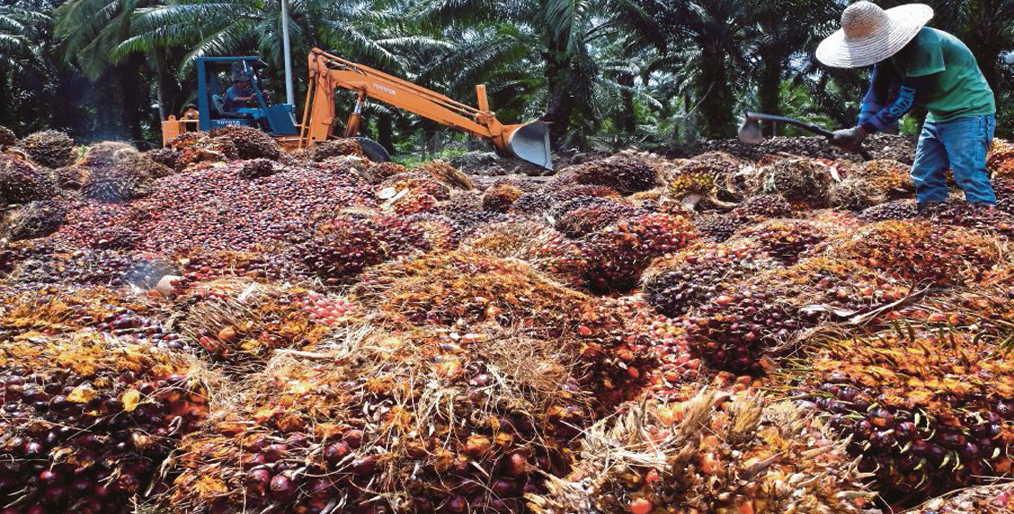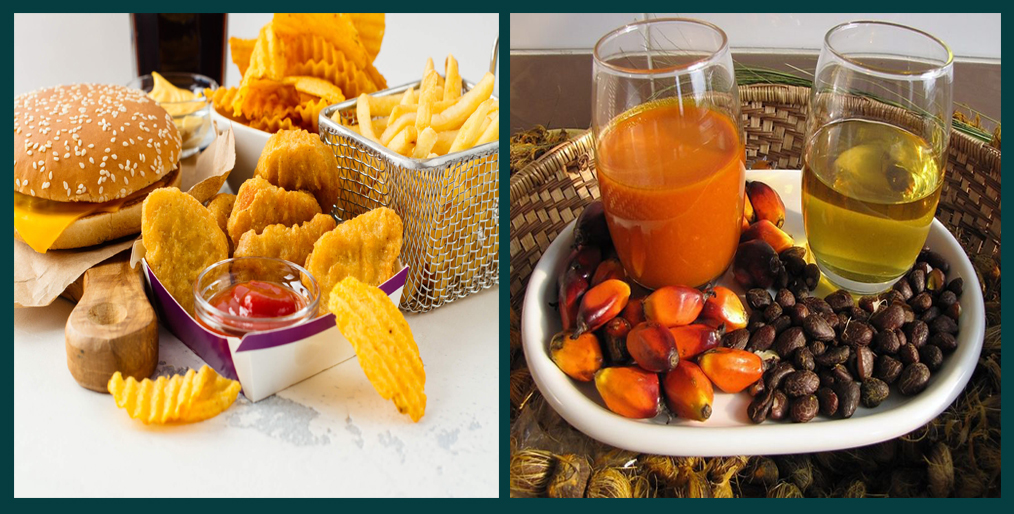
[caption id="attachment_2950" align="aligncenter" width="1014"] Picture: Collected[/caption]
GFMM desk: Malaysian palm oil industry is facing "significant challenges" in complying with a national green certification standard next year. More than a third of the plantations fail to meet the sustainability standards, officials said on November 18, 2019.
Malaysian Sustainable Palm Oil (MSPO) certificate, which must meet certain standards to protect farmers 'environment and workers' rights, will be mandatory from January 2020.
The chief executive of the Palm Oil Certification Council of Malaysia said at an industry conference that the oil spill was under pressure at the end of October. Approximately 58.3% of the 5.85 million hectares (about 14.5 million acres) of land were acquired by the MSPO Certificate, Chief Executive of Malaysia Palm Oil Certification Council Chew Jit Sen said at an industry Council. The Council is the state body that runs the Green Certificate Program.
Malaysia, the world’s second-biggest palm oil producer, introduced the MSPO standard in 2015, following concerns that the global palm oil green standard by the Round-table on Sustainable Palm Oil (RSPO) was too expensive for domestic growers.
“As we enter 2020, significant challenges remain towards achieving 100% mandatory MSPO certification,” Teresa Kok, the minister in charge of palm oil, said at the conference.
Certification among small holder farmers, who account for nearly 40% of Malaysia’s total palm oil production, was particularly low because of concerns they will not be able to recover the high costs of complying with the regulations, she said.
“Many independent smallholders do not have the financial muscle and clout to initiate audit and certification on their own. There is simply no economic scale,” Kok said, adding that the government has granted incentives and soft loans to encourage the farmers to become certified.
[caption id="attachment_2951" align="aligncenter" width="1014"]
Picture: Collected[/caption]
GFMM desk: Malaysian palm oil industry is facing "significant challenges" in complying with a national green certification standard next year. More than a third of the plantations fail to meet the sustainability standards, officials said on November 18, 2019.
Malaysian Sustainable Palm Oil (MSPO) certificate, which must meet certain standards to protect farmers 'environment and workers' rights, will be mandatory from January 2020.
The chief executive of the Palm Oil Certification Council of Malaysia said at an industry conference that the oil spill was under pressure at the end of October. Approximately 58.3% of the 5.85 million hectares (about 14.5 million acres) of land were acquired by the MSPO Certificate, Chief Executive of Malaysia Palm Oil Certification Council Chew Jit Sen said at an industry Council. The Council is the state body that runs the Green Certificate Program.
Malaysia, the world’s second-biggest palm oil producer, introduced the MSPO standard in 2015, following concerns that the global palm oil green standard by the Round-table on Sustainable Palm Oil (RSPO) was too expensive for domestic growers.
“As we enter 2020, significant challenges remain towards achieving 100% mandatory MSPO certification,” Teresa Kok, the minister in charge of palm oil, said at the conference.
Certification among small holder farmers, who account for nearly 40% of Malaysia’s total palm oil production, was particularly low because of concerns they will not be able to recover the high costs of complying with the regulations, she said.
“Many independent smallholders do not have the financial muscle and clout to initiate audit and certification on their own. There is simply no economic scale,” Kok said, adding that the government has granted incentives and soft loans to encourage the farmers to become certified.
[caption id="attachment_2951" align="aligncenter" width="1014"] Picture: Collected[/caption]
Producers of palm oil, a commodity used in everything from ice cream to lipstick, are blamed for destroying forests in Southeast Asia, in part by using slash-and-burn techniques that blanketed Singapore, Malaysia and Indonesia in smog in September.
Indonesia is the world's largest producer of palm oil and Malaysia, the world's second largest producer of palm oil.
In 2016, the global production of palm oil was estimated at 62.6 million tons, 2.7 million tons more than in 2015. The palm oil production value was estimated at $US39.3 billion in 2016, a increase of $US2.4 billion (or +7%) against the production figure recorded in the previous year.[44] Between 1962 and 1982 global exports of palm oil increased from around half a million to 2.4 million tons annually and in 2008 world production of palm oil and palm kernel oil amounted to 48 million tons. According to FAO forecasts by 2020 the global demand for palm oil will double, and triple by 2050.
Source: Online/SZK
Picture: Collected[/caption]
Producers of palm oil, a commodity used in everything from ice cream to lipstick, are blamed for destroying forests in Southeast Asia, in part by using slash-and-burn techniques that blanketed Singapore, Malaysia and Indonesia in smog in September.
Indonesia is the world's largest producer of palm oil and Malaysia, the world's second largest producer of palm oil.
In 2016, the global production of palm oil was estimated at 62.6 million tons, 2.7 million tons more than in 2015. The palm oil production value was estimated at $US39.3 billion in 2016, a increase of $US2.4 billion (or +7%) against the production figure recorded in the previous year.[44] Between 1962 and 1982 global exports of palm oil increased from around half a million to 2.4 million tons annually and in 2008 world production of palm oil and palm kernel oil amounted to 48 million tons. According to FAO forecasts by 2020 the global demand for palm oil will double, and triple by 2050.
Source: Online/SZK
Comment Now